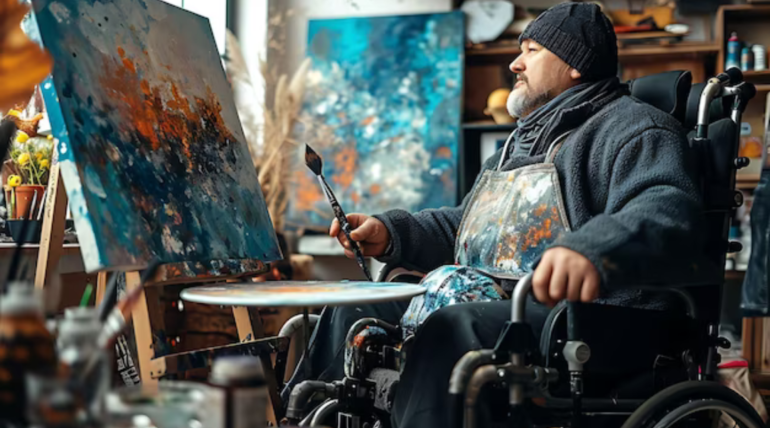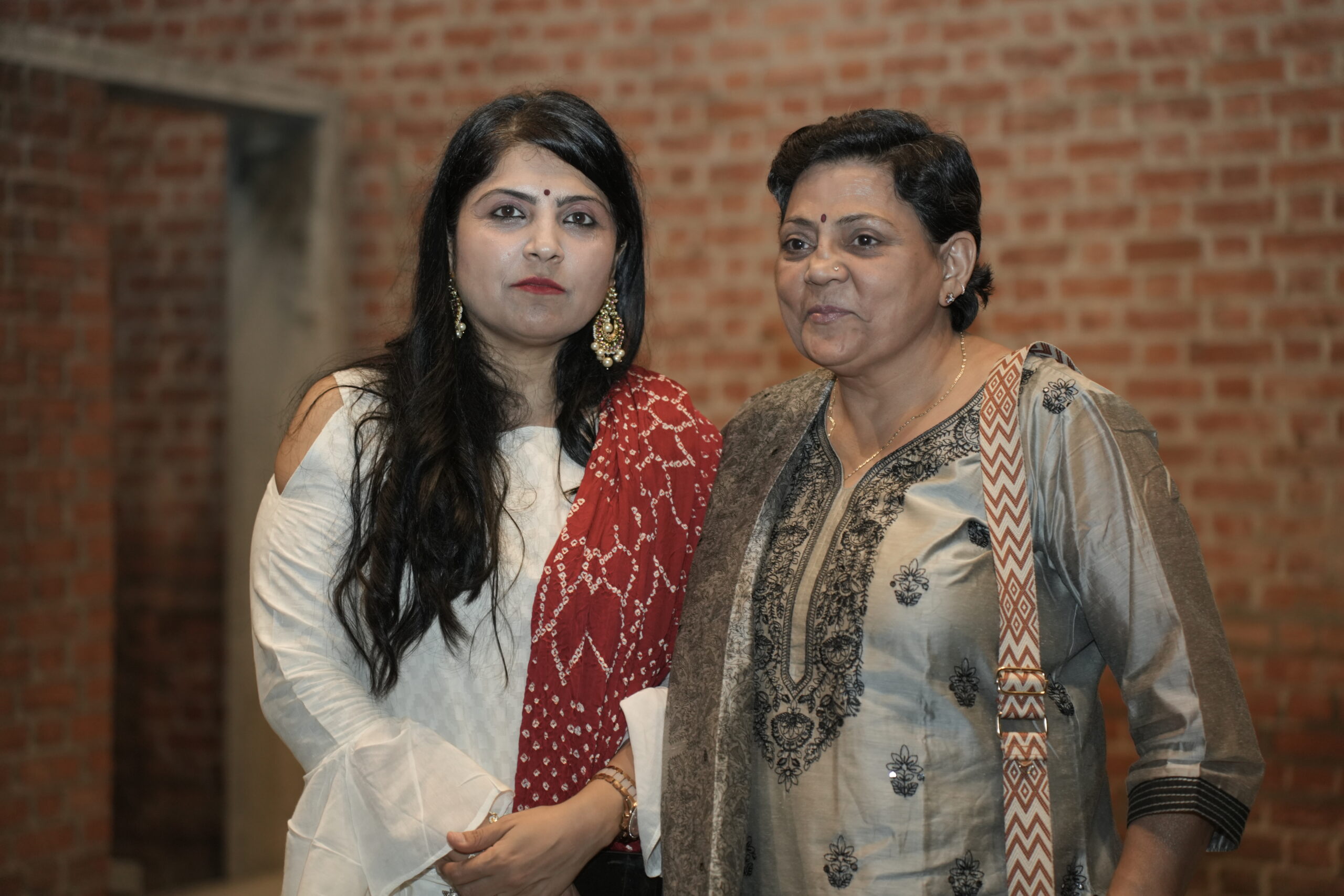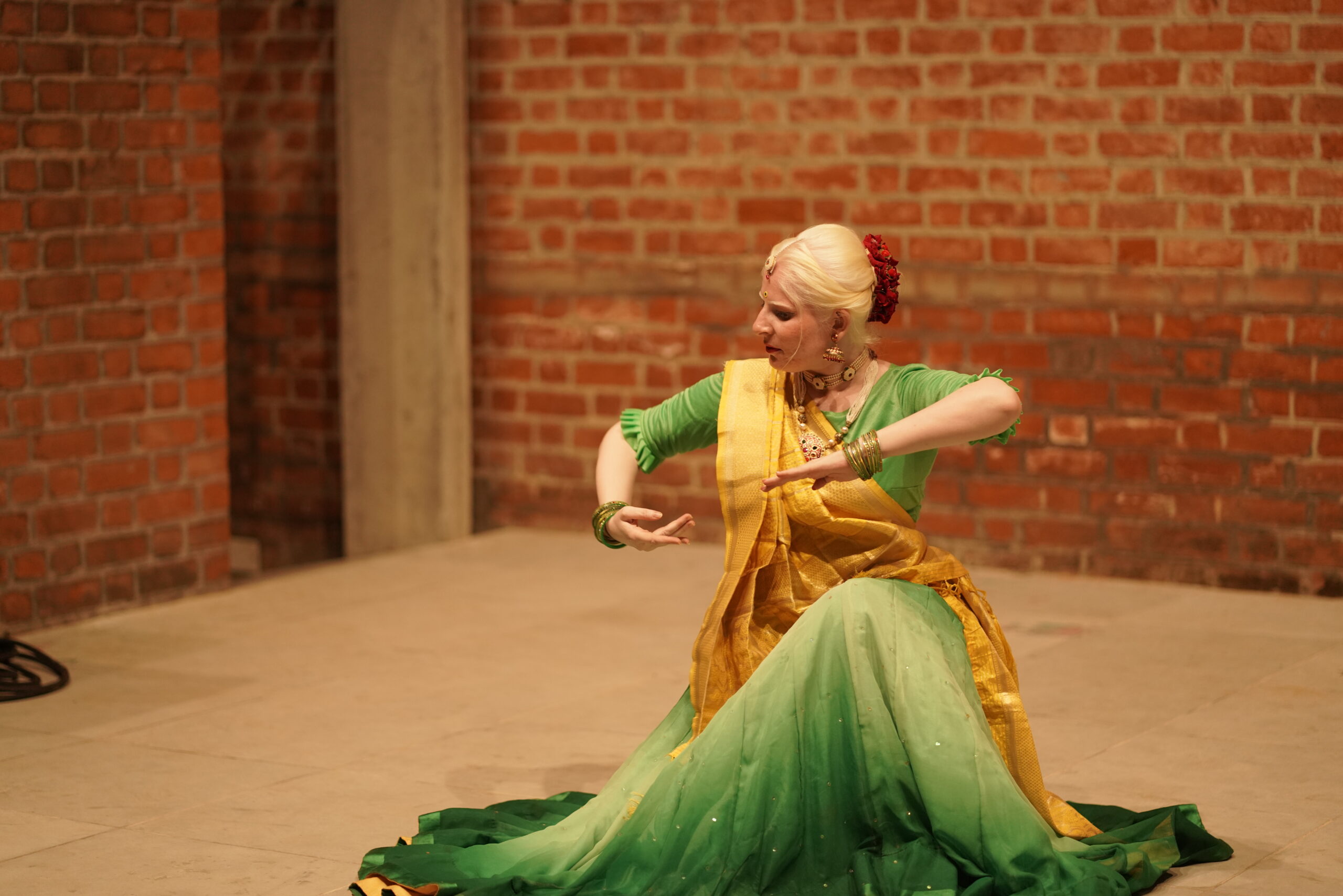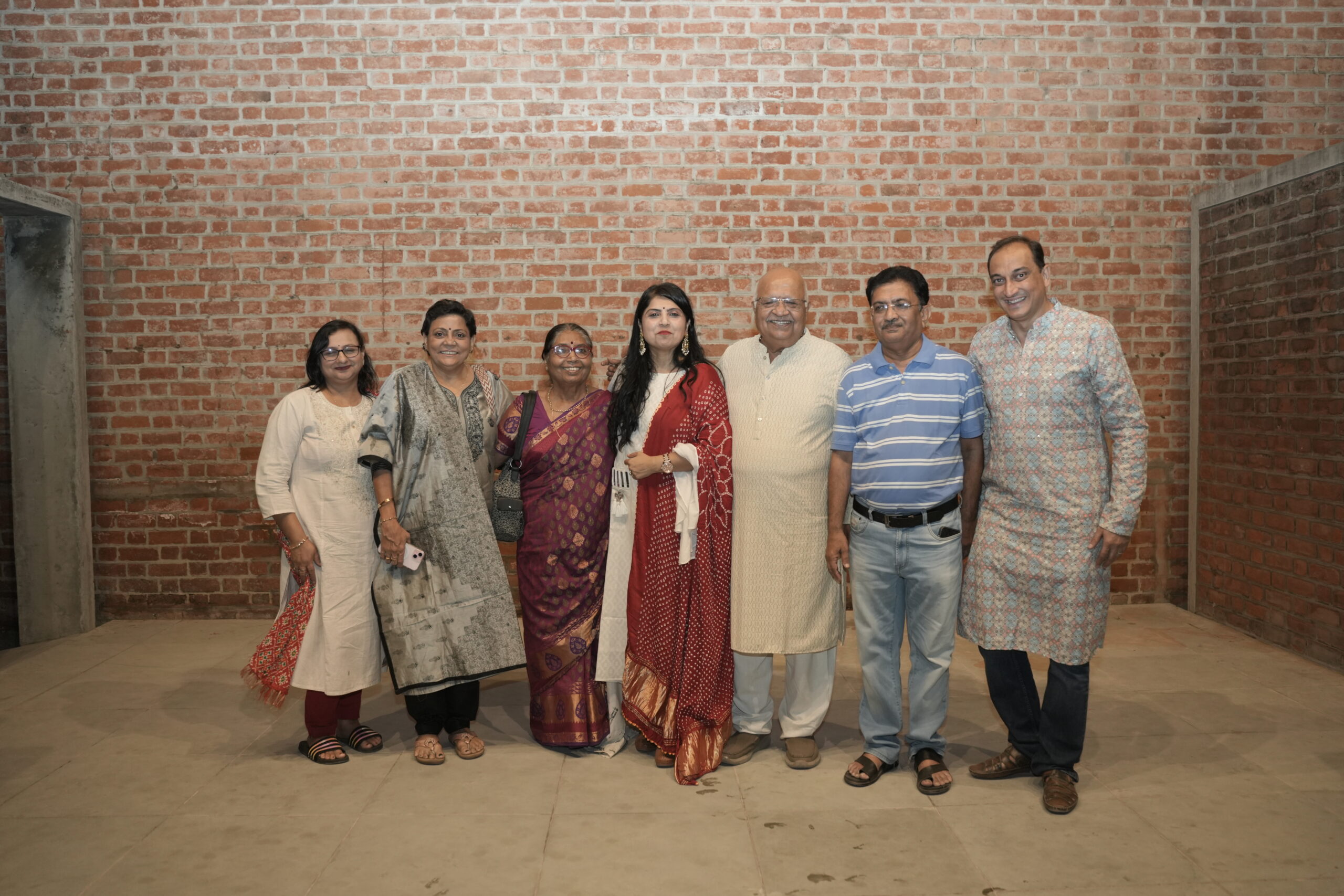The Impact of Creative Expression for People with Disabilities
Art has long been recognized as a powerful form of expression, but for individuals with disabilities, it can be much more than that—it can be a tool for empowerment and self-discovery. Art therapy, a form of expressive therapy that uses the creative process of making art to improve a person’s physical, mental, and emotional well-being, has been shown to have profound effects on individuals with disabilities.
One of the key benefits of art therapy is its ability to provide a means of communication for individuals who may have difficulty expressing themselves verbally. Through painting, drawing, sculpting, or other forms of artistic expression, individuals can convey their thoughts, feelings, and experiences in a non-verbal way, helping them to process and cope with their emotions.
Art therapy can also help individuals with disabilities build confidence and self-esteem. Engaging in the creative process can be incredibly empowering, as it allows individuals to see their ideas come to life and take pride in their accomplishments. This can be especially important for individuals with disabilities, who may face unique challenges and barriers to self-expression.
In addition to its emotional benefits, art therapy can also have physical benefits for individuals with disabilities. For example, engaging in art-making activities can help improve fine motor skills, coordination, and hand-eye coordination, which can be particularly beneficial for individuals with physical disabilities.
Overall, art therapy can be a valuable tool for individuals with disabilities, providing them with a means of communication, self-expression, and empowerment. By harnessing the power of creative expression, individuals with disabilities can unlock their full potential and lead fulfilling lives.









